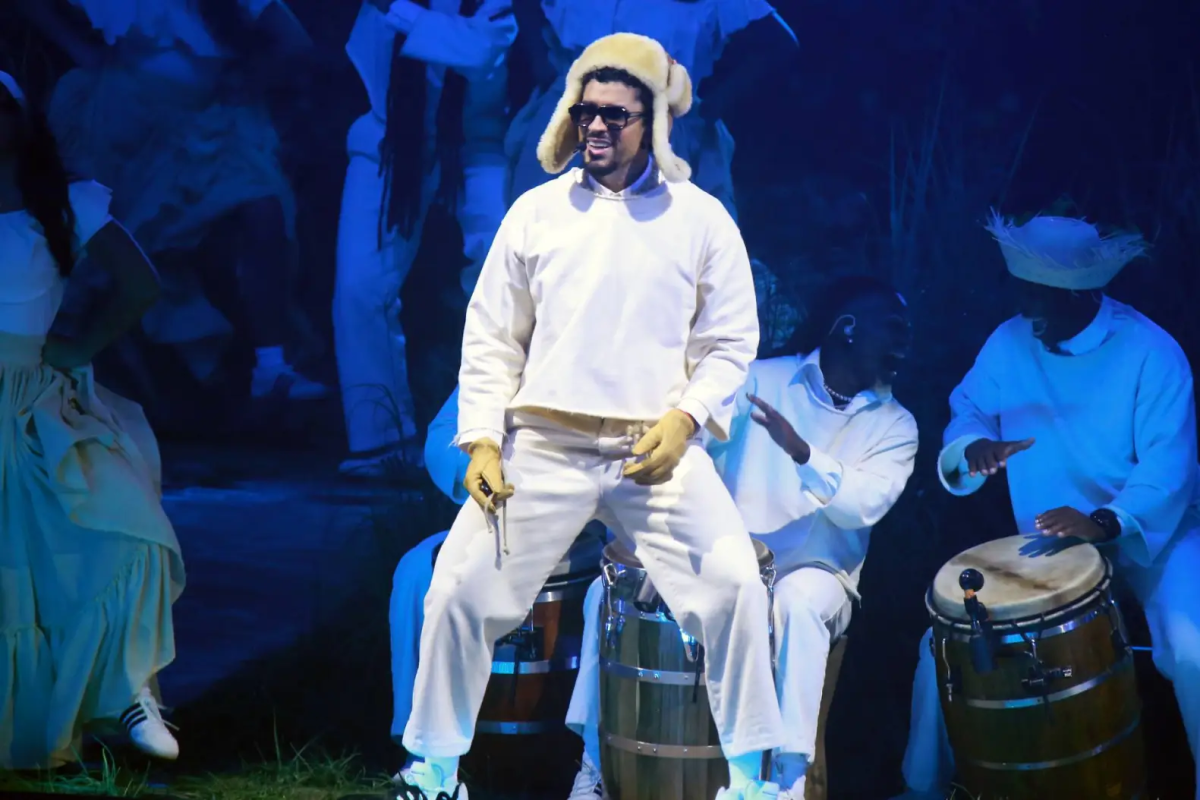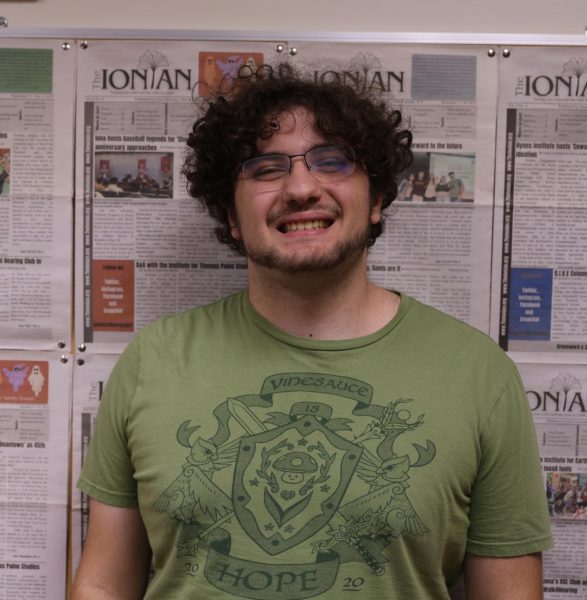Throughout this piece I’ll be referring to generative artificial intelligence, programs like ChatGPT, Midjourney, SunoAI and others, and generative AI only. While there are some problems with machine learning, such as bias and use by greedy people, but its longevity (being around since the mid-1900s) and its potentiality for good in some fields like medicine, it will be excluded from discussion in this article.
On Sept. 26, 2025, Iona University opened the physical space for the Gabelli Center for Teaching and Learning. In concept, a space for both current and future educators to discuss and learn from each other is a good thing. However, through the introductory conference and website, it seems that the Gabelli Center is going to be a way for Iona to heavily incorporate artificial intelligence into the university.
I’m frankly very shocked at Iona’s decision to invest so much into the use of AI, as I feel it goes against the purpose of higher education.
Artificial intelligence is one of the main sources for academic dishonesty. AI scrapes the internet for the results to the prompts that someone would type into their model of choice. But, one thing that AI doesn’t provide are the sources that they chose to rip from. That, in 99% of cases, would be counted as plagiarism. Even if you say that something is sourced with AI, that’s still not providing the actual sources for the paper, which still falls under plagiarism.
On Iona’s research website, it states that “You must cite the source regardless of the author or creator when you use an idea, content, or words that are not your own.”AI does not cite their sources, or even provides the proper sources, which is also considered plagiarism.
AI also has a negative impact on critical thinking. There was a study done by both Carnegie Mellon University and Microsoft that indicates that higher use of generative AI leads to less critical thinking. Higher education is meant to be about having students think critically and to come up with their own ideas and solutions. Prompts are extremely easy to input, so using AI doesn’t require much effort or critical thinking, if any at all.
There’s also both environmental issues with AI. The data centers that these models are stationed at take up a lot of power from both electrical grids and water supplies, which is making the already concerning climate crisis worse.
While artificial intelligence has become increasingly more prevalent in the workforce, it doesn’t have to be that way. Change starts with education. So if students are taught that AI is not a helpful tool, but instead a software used by plagiarists, people that do not care about the environment and people that don’t want to think, things could change. Plus, there are a lot of people that are willing to work, especially at Iona. There’s a Visual Arts Club, many photographers, graphic designers, writers and other people that are willing to do things that AI does but more efficiently, as it would require less revisions, and in better quality.
I feel that AI as a whole doesn’t have a place in almost every field (use in the healthcare field is questionable but passable), and at the end of the day will harm people much more than help them. So, the quicker that education, and the students that inhabit the schools, realize that, the better off we as a society will be.



